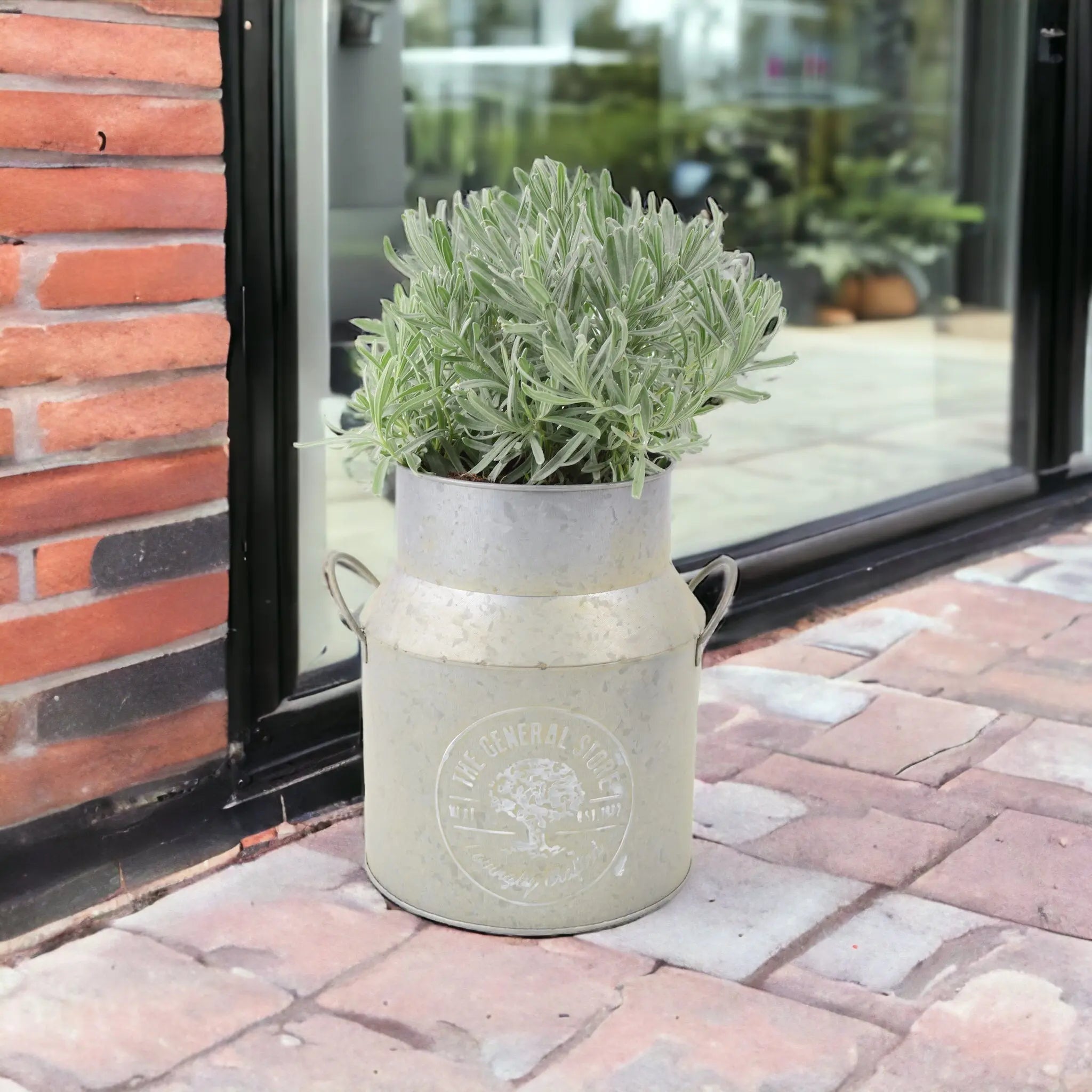Hyacinth Flowers — Hyacinth Gifts & Care Guide

Hyacinths (Hyacinthus orientalis) are one of the most iconic spring-flowering bulbs — celebrated for their vivid colours, rich perfume and compact shape that works beautifully both indoors and outdoors. Whether you’ve received one of our Christmas Hyacinth Gifts or are planning a cheerful spring display in the garden, this complete guide will help you plant, care for, and enjoy thriving hyacinths year after year.

Hyacinths aren’t just a seasonal favourite — they’re also one of the most thoughtful plant gifts. Because they grow well in pots, containers, flower beds and even small flats, they’re perfect for festive gifting, winter décor, or spring planting projects. Their long-lasting scent and bold colour make them a standout plant for any home or garden.
Why Hyacinths Make Great Gifts
Hyacinths come in a spectrum of colours — deep purple, pink, white, cream, blue and even yellow — making them a versatile and meaningful gift. Their strong fragrance instantly brightens rooms, and their compact size makes them suitable for windowsills, desks, patios, balconies and doorsteps.

They’re also easy to care for, which means even beginners will enjoy success with them. As part of our Christmas Hyacinth Gift Collection, each plant is presented in a decorative pot or festive planter, ideal for seasonal gifting or adding elegance to your own home.
Whether given at Christmas or planted outdoors for spring, hyacinths offer charm, colour and a fragrance loved by gardeners and gift-recipients alike.
How to Plant Hyacinth Bulbs
Planting Outdoors (Beds, Borders or Containers)
For spring blooms, plant outdoor hyacinth bulbs between September and November.
Choose the right spot:
-
Full sun or light shade
-
Well-drained soil (add grit or compost if needed)
Planting depth & spacing:
-
Plant 10–15 cm deep
-
Space 8–15 cm apart
-
Keep the pointed end facing upwards
Plant bulbs in clusters or drift patterns for fuller displays. For guidance on soil preparation and spacing, see RHS advice here: https://www.rhs.org.uk/plants/hyacinth/growing-guide

Forcing Hyacinths for Early Bloom (Christmas / Winter Displays)
If you want hyacinths flowering for Christmas or early winter, you’ll need pre-chilled bulbs.
Steps for forcing hyacinths:
-
Plant in pots or bulb glasses with the bulb sitting above water (if using a vase).
-
Store in a cool, dark place (around 4–7°C) for 10–12 weeks.
-
Bring them into the light once shoots reach 3–5 cm.
-
Keep them in a cool room for slower, longer-lasting blooms.
Expect flowering 2–3 weeks after moving them indoors.
Caring for Blooming Hyacinths
Light
Place them in bright but indirect light. Avoid hot radiators or direct sunlight.
Water
Keep compost moist but never soggy. Indoor pots without drainage need extra caution — water sparingly.
Temperature
Cool rooms (15–18°C) help prolong flowering. Fresh air and good ventilation maintain sturdier stems.
Support
If stems begin to flop, move the plant to a cooler area with more light.
More detailed care recommendations: https://www.rhs.org.uk/plants/hyacinth

After Flowering — What To Do Next
Once blooms fade:
-
Cut the flower stalk at the base
-
Leave the leaves intact until yellow (to recharge the bulb)
-
Allow bulbs in pots to dry out and store them in a cool, dry place
-
Replant outdoors in autumn for future spring blooms
Forced bulbs may bloom smaller the following year, but outdoor-planted bulbs often naturalise well.
Common Issues & Troubleshooting
Bulb rot
– Caused by overwatering or poor drainage. Use free-draining compost.
Weak or floppy stems
– Usually caused by heat or low light; move plant somewhere cooler and brighter.
Irritation
– Hyacinth bulbs can irritate skin; wear gloves when handling and keep away from pets.
Authoritative guidance: https://www.rhs.org.uk/plants/hyacinth/growing-guide
Keeping Your Pets Safe Around Hyacinth Flowers
Hyacinth bulbs are toxic to pets and contain oxalic acid, which can irritate the skin if handled without gloves. Like many spring bulbs, they can cause serious stomach upset — and even raised heart rate — if eaten, especially by curious cats who may mistake them for onions. Keep indoor hyacinths out of reach, and use a pet repellent around outdoor plantings to ensure animals stay safe.
Shop Hyacinth Gifts & Bulbs
Looking for pre-planted gifts, Christmas displays or bulbs for spring planting?
Explore:
🎁 Christmas Hyacinth Gifts
🌱 Spring Bulbs Collection
🌼 All Bulbs
Each gift includes free standards or optional festive wrapping, free video message & cards and seasonal containers.
Conclusion — Enjoy Their Scent, Colour & Ease
Hyacinths offer the perfect blend of fragrance, colour and natural elegance. Whether displayed indoors for winter cheer or planted outdoors for spring displays, they’re easy to care for and rewarding to grow.
With their long-lasting beauty and symbolic meaning, hyacinths make truly special gifts — ideal for Christmas, winter gifting or spring celebrations. Explore our collections online and enjoy the charm of hyacinths all year round.
Related Content
The Ultimate Reviews Guide to Sending Plants By Post
Plant Wedding Gifts: A Unique and Everlasting Expression of Love




